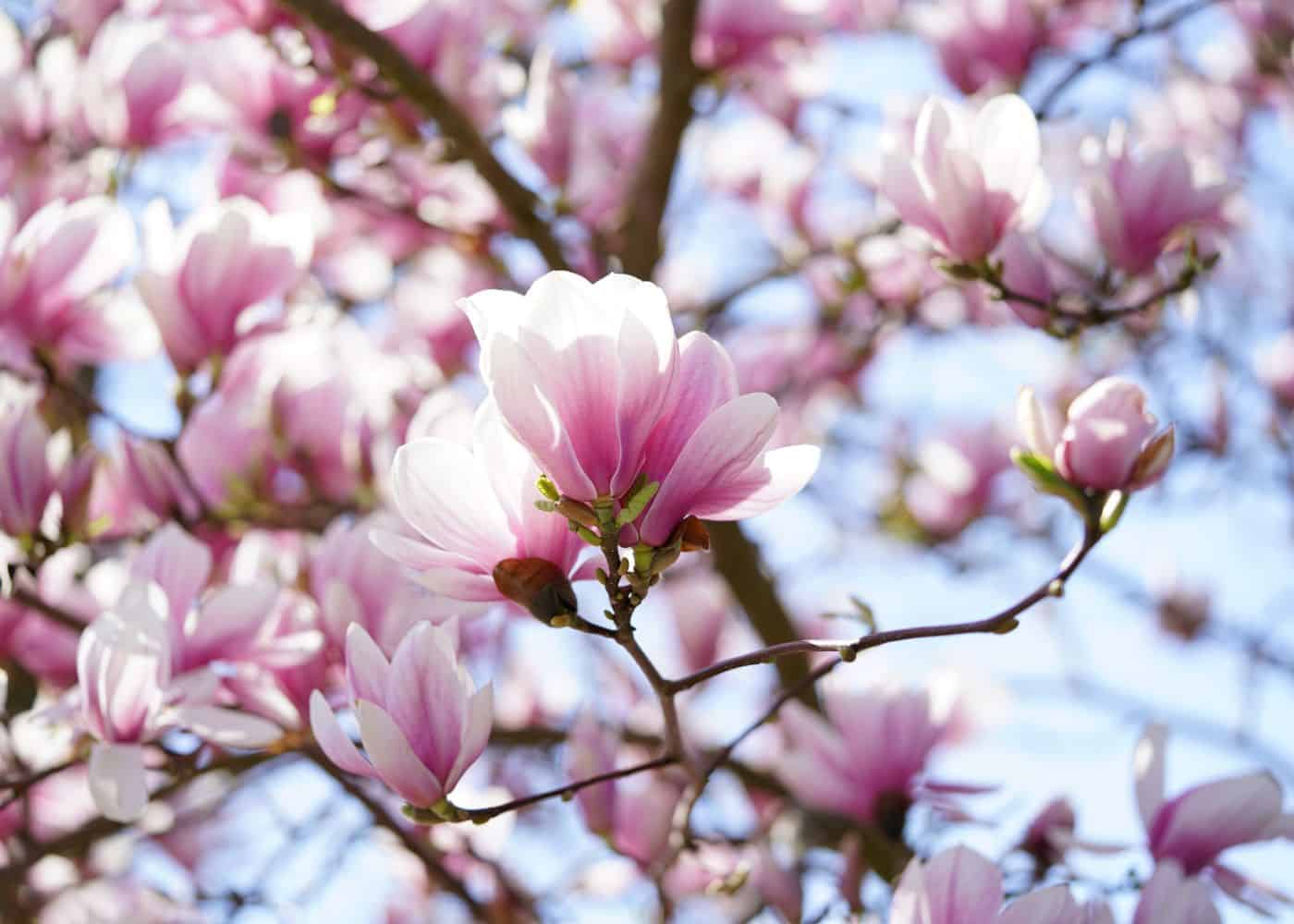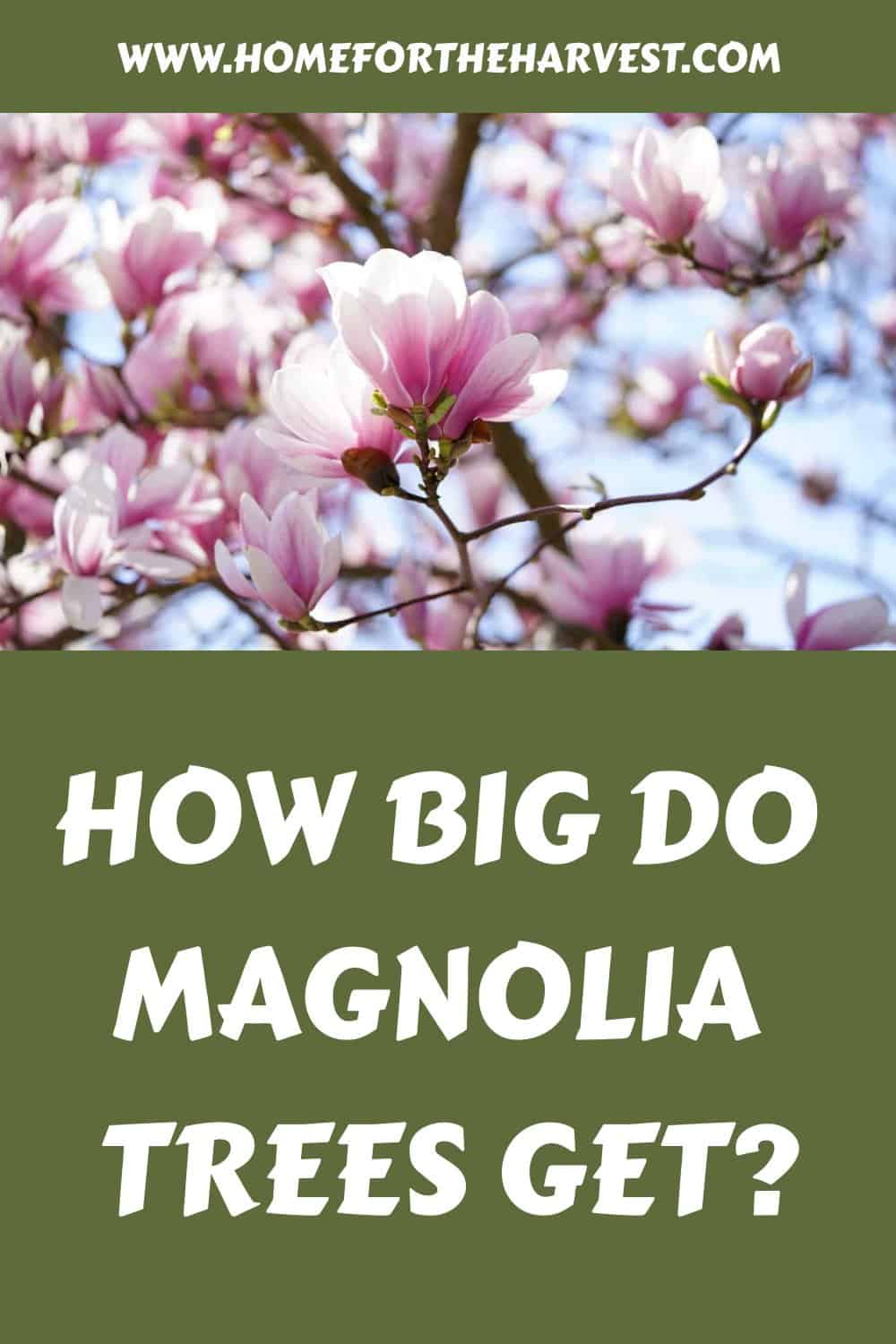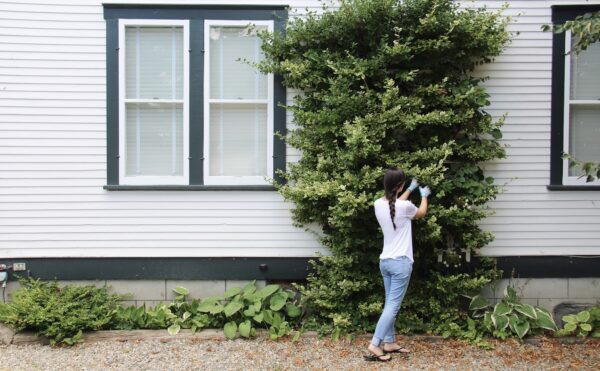Few ornamental trees are more captivating than a massive magnolia in bloom. Although exact size differs according to the species, most magnolias are large, growing from 30 feet to a remarkable 80 feet tall. There are also smaller species on the market, and dwarf cultivars of larger species, that remain under 20 feet – ideal for smaller gardens.
About magnolias
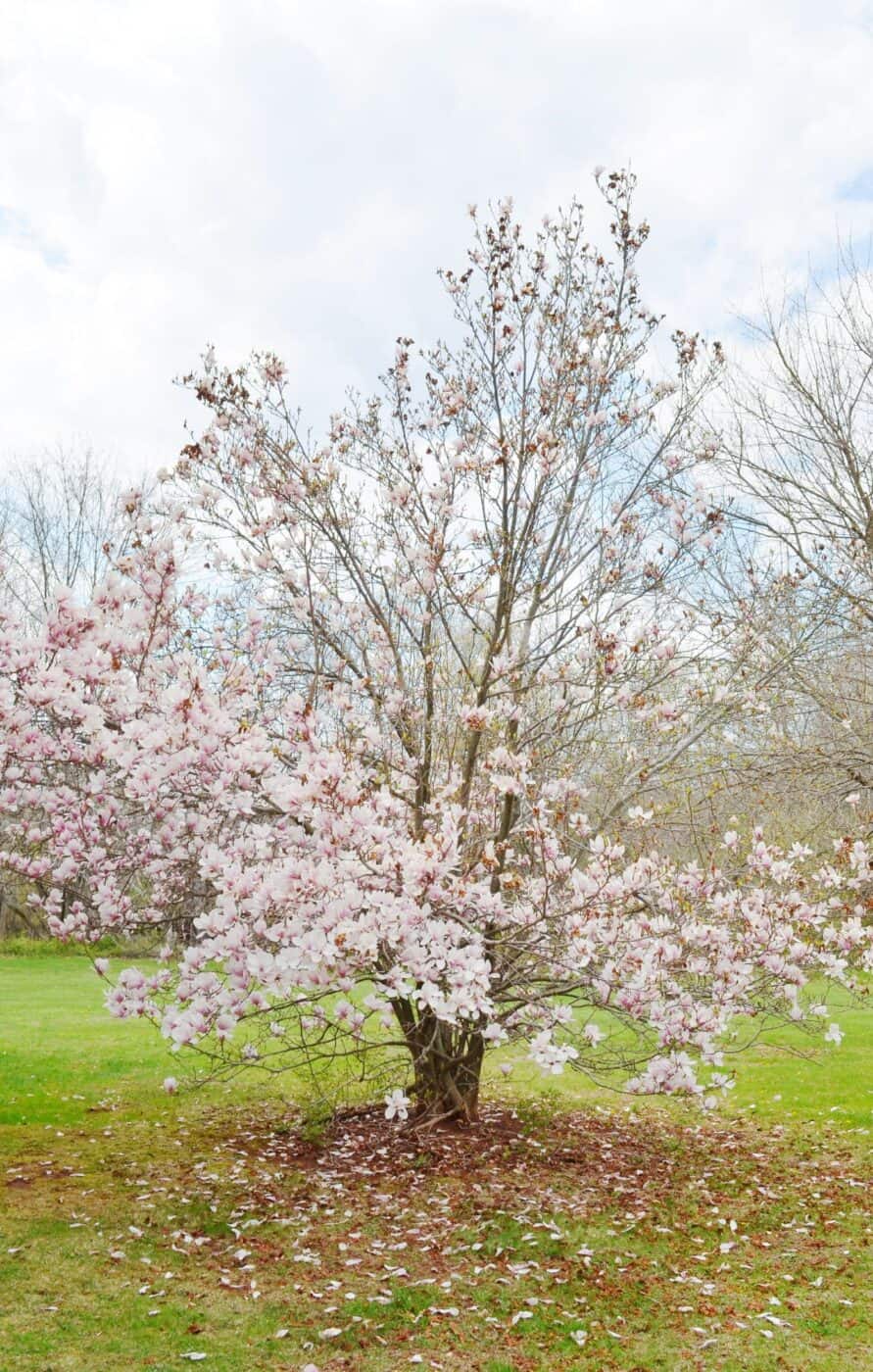
Magnolia is an expansive genus of flowering plants containing over 200 fascinating species. They are natively found in many areas across the world, mostly in Asia and the Americas, and have a rich history that makes them all the more special.
Among these many species, there are only a few commonly cultivated in home gardens. The most famous is the Southern magnolia (M. grandiflora), also called the common magnolia, but there are many other options to choose from when considering growing these trees.
How big do magnolia trees get?
As there is so much variety within the magnolia genus, there is no single answer for how big they grow. The number differs greatly based on the species you choose. They are generally split into small, medium and large types with vast differences between groups.
Large magnolias
Large magnolia species are some of the most common. This group includes the famous Southern magnolia, also the tallest of all the species. Depending on your chosen cultivar, this tree can reach a towering 80 feet in height once mature.
Medium-sized magnolias
Most magnolias don’t reach the same heights though. Others typically reach around 40 feet in height, only half that of the Southern magnolias. These include species like M. macrophylla, commonly known as bigleaf magnolia, or even the dwarf M. grandiflora cultivar ‘Little Gem’
In the lower end of this range, we have magnolias that grow around 20 feet tall or slightly larger. Although there aren’t many species or cultivars of this size, they do provide a middle-ground between massive trees and compact ones. Magnolia × soulangeana, the saucer magnolia, is one example.
Small magnolias
Finally, we have small magnolias. These are not small trees per say, but they are considered small in comparison to the other trees of the magnolia genus.
The lily magnolia (M. liliiflora) is the most well-known of this group. It grows to around 10 feet tall, reaching a maximum of 12 feet at its full height. The star magnolia is slightly larger but remains compact enough for growth in smaller home gardens.
How long does it take magnolias to reach full height?
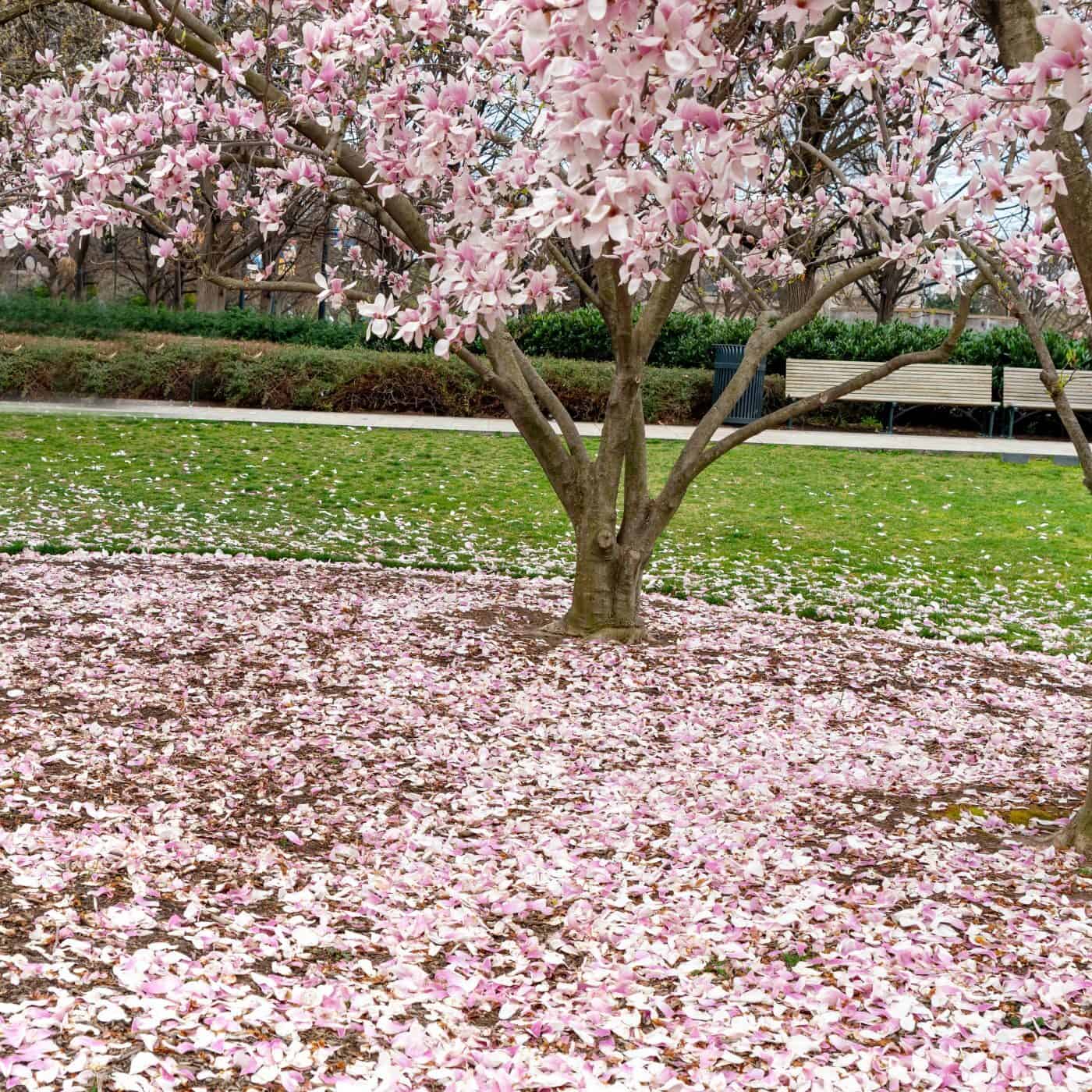
Each magnolia species has a different growth rate. The Southern magnolia grows the quickest, but still takes over 30 years to reach its full height due to its impressive size. Others will take fewer years to develop fully, but are still considered slow-growing when compared to other trees.
If you want your magnolia tree to grow to its full potential, make sure you give it the best possible care. Water regularly while establishing and feed every growing season to maintain nutrients in the soil. Also mulch around the tree with organic mulch to keep the roots cool and suppress weeds.
How to contain magnolia growth?
Magnolias can be very large trees, requiring plenty of space to grow. This can be tricky if you have a smaller garden where space is at a premium. In these cases, start by choosing a small species and cultivar that you known won’t mind being too confined.
There are also ways you can contain growth. The most effective is pruning regularly, keeping the branches to a manageable size. You can also choose to plant in large containers which will limit how much the tree can grow, although they won’t enjoy growing in these conditions long-term.
FAQ’S
Can I plant a magnolia tree beside my house?
In order to ensure there are no issues, planting a magnolia tree approximately 50 feet away from your house, can ensure that no matter how the tree grows, it will be safe.
Are magnolia trees high maintenance?
Magnolia trees are low-maintenance. While you should still regularly care for the plant, you are also able to prune the flowers once there life cycle has ended.
Are magnolia tree roots dangerous?
Just like any other tree, magnolia trees do have roots. Roots are what fuel the tree and gain the needed nutrients. However, roots have the ability to grow and form where they fit. As roots can be large in size, this creates potential for an issue.
References
- Oregon State University: Landscape plants
- Yale University: Southern Magnolia
- University of Washington: planting and caring for new Magnolia trees


